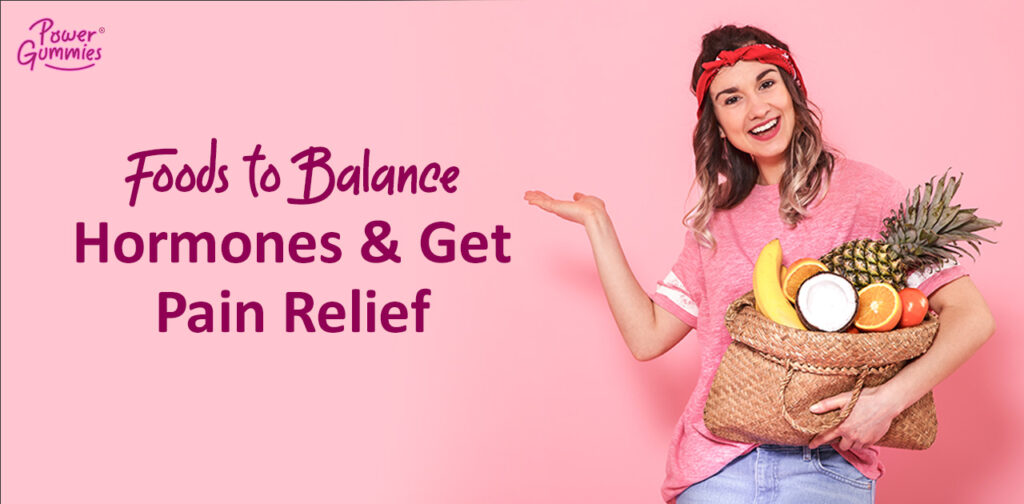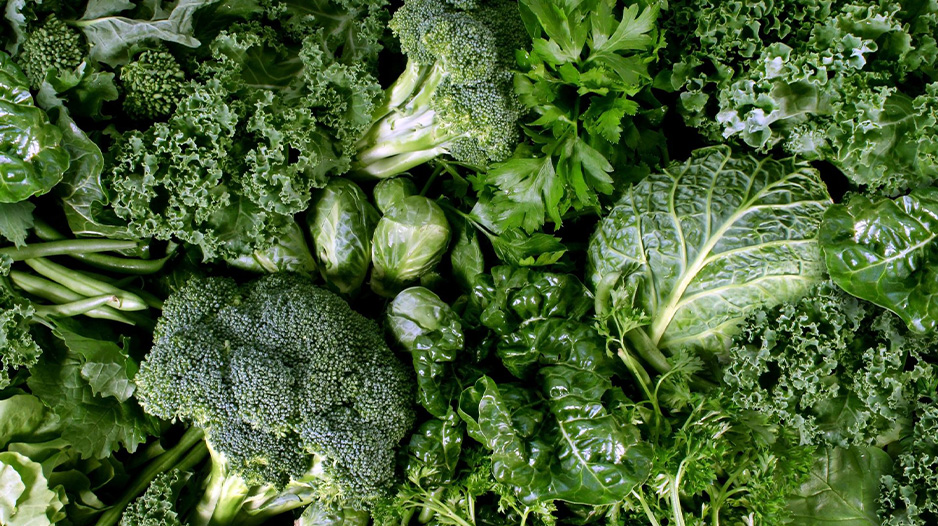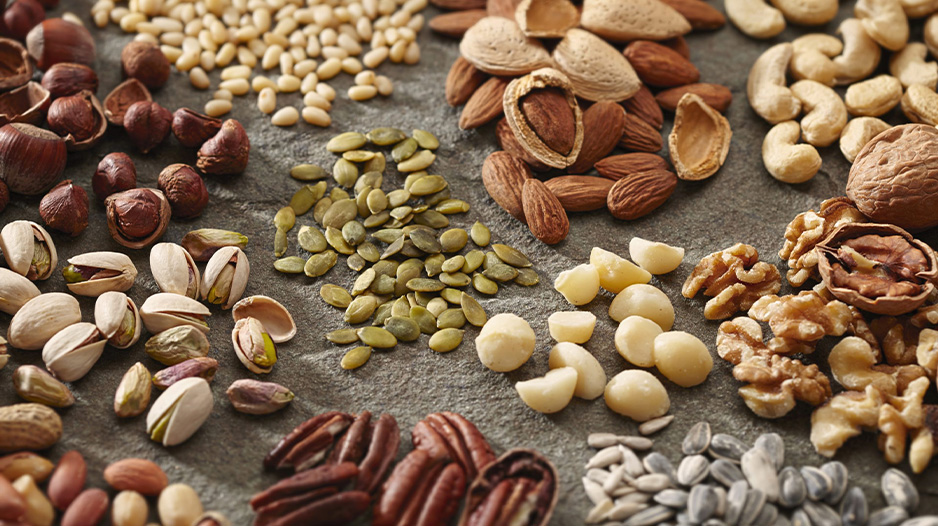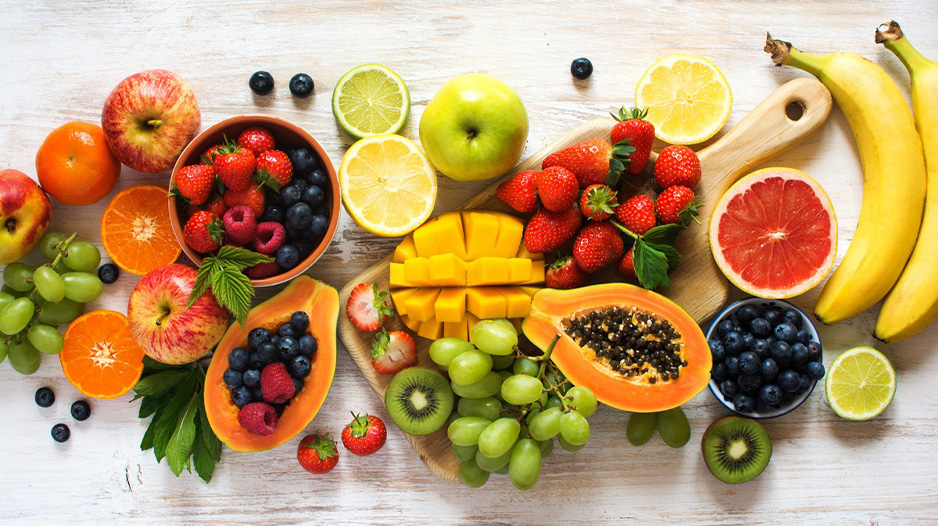Common PMS Symptoms That You Should Be Aware Of
PMS or Premenstrual Symptoms! That monthly reminder that you’re not actually superhuman, but mere mortal with fluctuating hormones. For many women, it’s a time of the month that they are concerned about because of the array of symptoms that come with it. From feeling bloated to craving all the chocolate in the world, PMS can be a rollercoaster ride of physical and emotional ups and downs.
But fear not, ladies! You’re not alone in this journey. In fact, PMS affects almost all women at some point in their lives. While the symptoms can vary from person to person, some are more common than others. These symptoms can have a significant impact on a woman’s quality of life, making it difficult to engage in daily activities and affecting relationships and work performance.
One of the most common symptoms that show up is period pain. While PMS can be uncomfortable and challenging to manage, it is a normal part of the menstrual cycle. Therefore, it is essential for you to know the symptoms that showcase the arrival of your PMS. However, to control these symptoms, it is advised to try PMS relief gummies.
Here are the numerous PMS symptoms that you should be aware of…
1. Mood Swings

Mood swings are one of the most commonly reported symptoms of PMS. You might experience a range of emotional PMS symptoms, such as irritability, anger, sadness, anxiety, and even depression. These mood changes can be caused by hormonal changes that occur during the menstrual cycle. Some women may experience more severe mood changes than others. Mood swings can also be seen when there’s a lot of period pain.
2. Bloating
Bloating is another common symptom of PMS. It can be experienced due to fluid retention, which can cause discomfort and make clothing feel tight. Bloating can also cause you to feel self-conscious or insecure about your appearance.
3. Breast tenderness
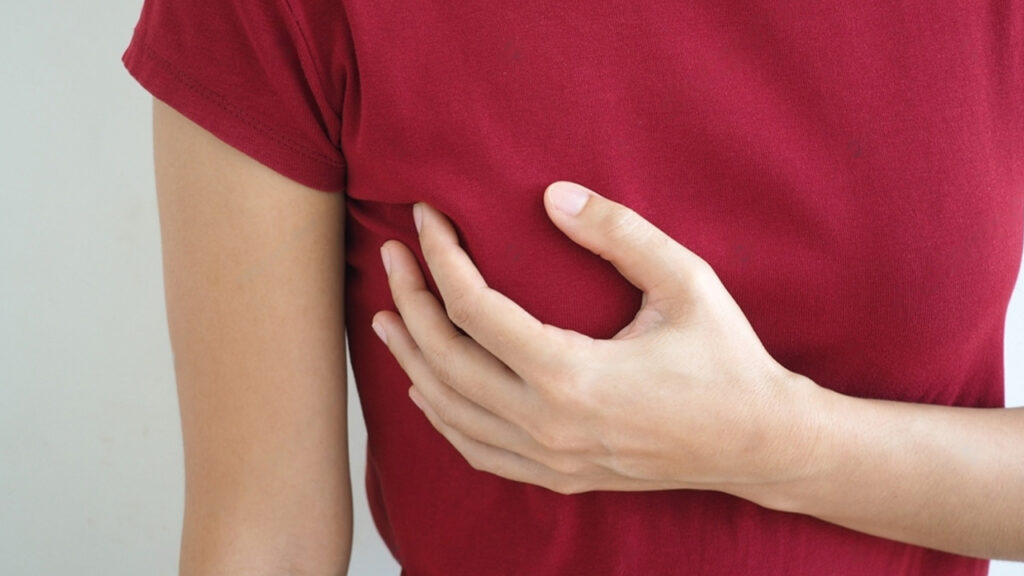
Breast tenderness is a common symptom of PMS. You can experience soreness, swelling, or sensitivity in your breasts, which can be uncomfortable. As a result, you may even not want to engage in physical activity.
4. Fatigue
Fatigue is a common symptom of PMS. Women may feel tired and lack energy, which can make it difficult to complete daily tasks. This fatigue can be caused by changes in hormone levels, poor sleep, or the body’s increased demand for energy during the menstrual cycle.
5. Headaches
Headaches are a common symptom of PMS. You may experience mild to severe headaches, which can be caused by hormonal changes or changes in blood pressure. These headaches can be draining and interfere with daily activities.
6. Cramps
Cramps or period pain are common symptoms of PMS. You can have mild to severe cramping in your lower abdomen or back, which can be uncomfortable. Cramps are caused by the uterus contracting and can be especially painful during the first few days of menstruation. However, consuming PMS relief gummies can help you get rid of them.
7. Food cravings
Food cravings are a common symptom of PMS. You may crave sweet or salty foods, which can be caused by hormonal changes during the menstrual cycle. While these cravings can be satisfying, they can also lead to overeating.
In a Nutshell
PMS is a normal part of the menstrual cycle that affects many women in different ways. While the symptoms can be uncomfortable and challenging to manage, it’s important to remember that you’re not alone in this journey.
By understanding the common symptoms of PMS that have been provided above, you can better prepare yourself during this time. In case you start feeling period pain, you can take a hot water bag or consume PMS relief gummies to reduce your PMS symptoms.
Therefore, you can go for the “That Time of The Month” gummies. These tasty treats are infused with strawberry flavour and also contain ingredients such as Magnesium Sulphate, Vitamins B6 & C, Milk Thistle Extract, Chasteberry Extract, and Passion Flower Extract. Chewing two gummies every day can enhance your oestrogen dominance, reducing your irritability and mood swings, as well as promoting a relaxed sleep. In addition to this, it would also be helpful in improving your overall reproductive health.


